10 Best Herbal Lotions For Hay Fever

Herbal lotions for hay fever are natural remedies that aim to alleviate symptoms such as sneezing, itchy eyes, and nasal congestion by incorporating plant-based ingredients known for their anti-inflammatory and antihistamine properties.
Common herbs used in these lotions include chamomile, calendula, and eucalyptus, which are believed to soothe irritated skin and reduce allergic reactions. These lotions are typically applied topically to the face, neck, and chest, where they can provide localized relief and help ease the discomfort associated with hay fever. While they are not a cure for allergies, they can be a complementary treatment when used alongside conventional allergy medications.
However, it is important to consult with a healthcare professional before using herbal lotions, especially if you have sensitive skin or are taking other medications.
FREE Herb Drying Checklist
How to make sure every batch retains maximum flavor, color, and aroma without the risk of mold or over-drying. Eliminate guesswork and trial-and-error, making herb drying faster, easier, and more efficient every time.
Table of Contents
1. Urtica dioica
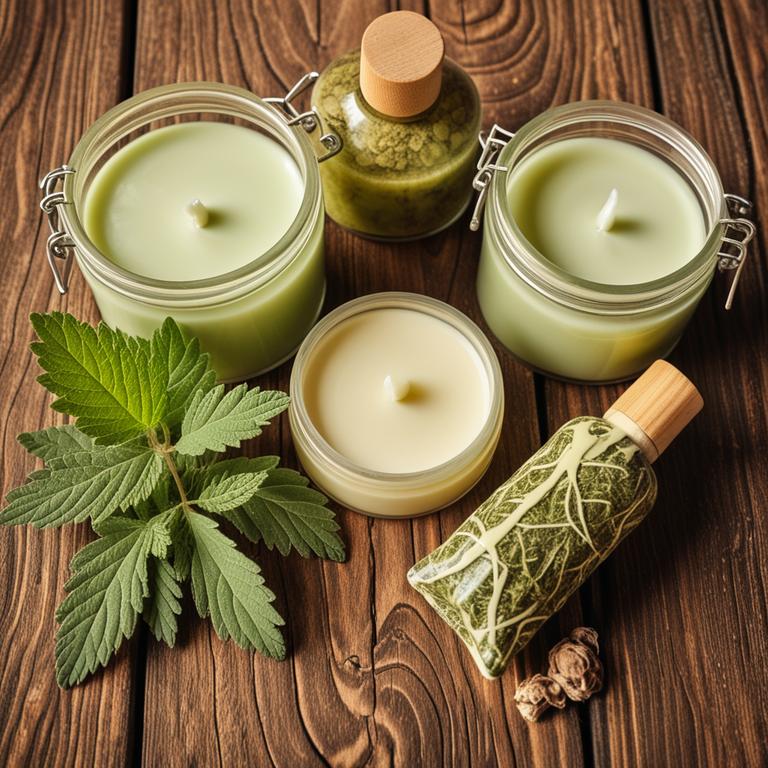
Urtica dioica, commonly known as stinging nettle, has been traditionally used in herbal medicine for its potential benefits in alleviating hay fever symptoms.
Herbal lotions made from Urtica dioica are believed to help reduce inflammation and support the body's natural detoxification processes, which may ease allergic reactions. These lotions are typically prepared by infusing fresh or dried nettle leaves in a carrier oil or water, creating a soothing topical application. While they are not a substitute for conventional allergy treatments, some people find them helpful as a complementary therapy.
However, it is important to consult with a healthcare professional before using nettle-based products, especially for those with sensitive skin or existing health conditions.
2. Achillea millefolium
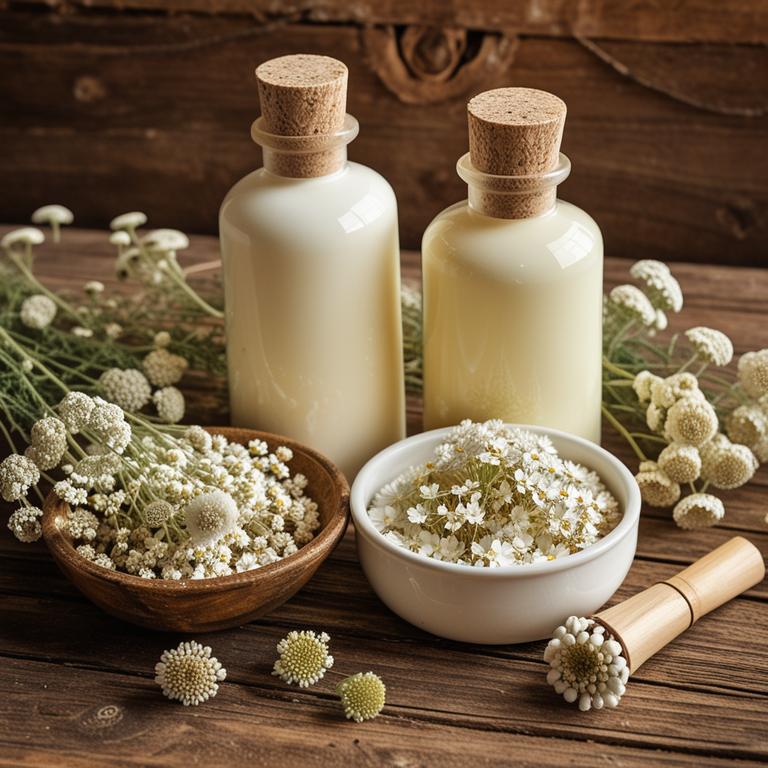
Achillea millefolium, commonly known as yarrow, has been traditionally used in herbal remedies for its anti-inflammatory and antihistamine properties, making it a potential natural remedy for alleviating hay fever symptoms.
When formulated into a herbal lotion, achillea millefolium may help reduce nasal congestion, itching, and sneezing by soothing the mucous membranes and supporting the body's immune response. The lotion typically contains a blend of essential oils and plant extracts that work synergistically to calm allergic reactions and promote respiratory comfort. While it is not a substitute for conventional treatments, some individuals find relief from using achillea millefolium herbal lotion as a complementary therapy.
As with any herbal remedy, it is advisable to consult a healthcare professional before use, especially for those with known allergies or underlying health conditions.
3. Equisetum arvense
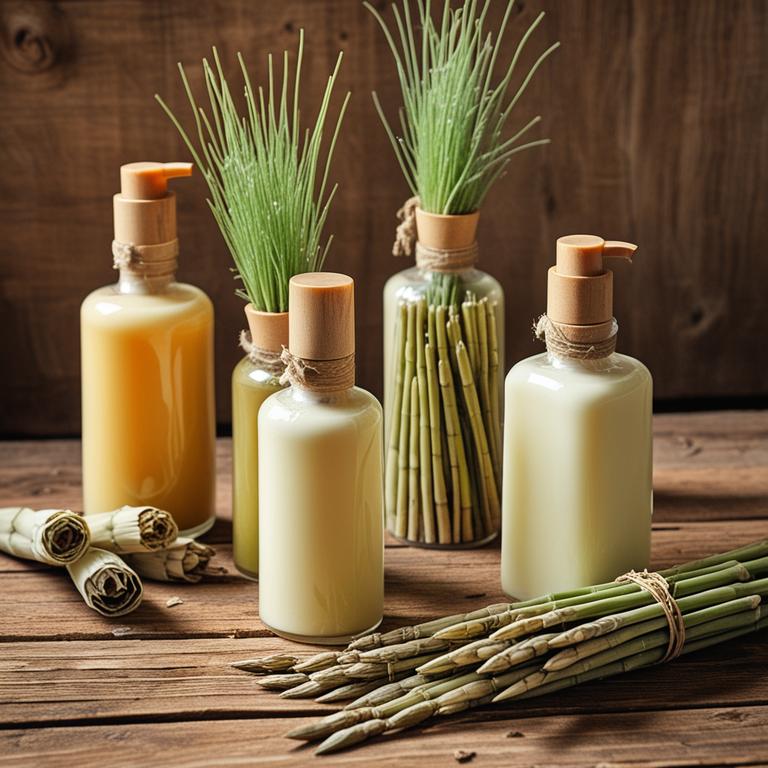
Equisetum arvense, commonly known as field horsetail, is a traditional herbal remedy that has been used for centuries to alleviate symptoms of hay fever.
Its herbal lotions are formulated with the extracts of this plant, which is rich in silica and other bioactive compounds that may help reduce inflammation and support respiratory health. These lotions are typically applied topically to the skin, often on the neck and chest, to help ease allergic reactions and congestion associated with hay fever. While scientific evidence supporting its efficacy is limited, many users report relief from symptoms such as sneezing, itching, and nasal blockage.
As with any herbal remedy, it is advisable to consult with a healthcare professional before use, especially if you are pregnant, nursing, or taking other medications.
4. Chamomilla recutita
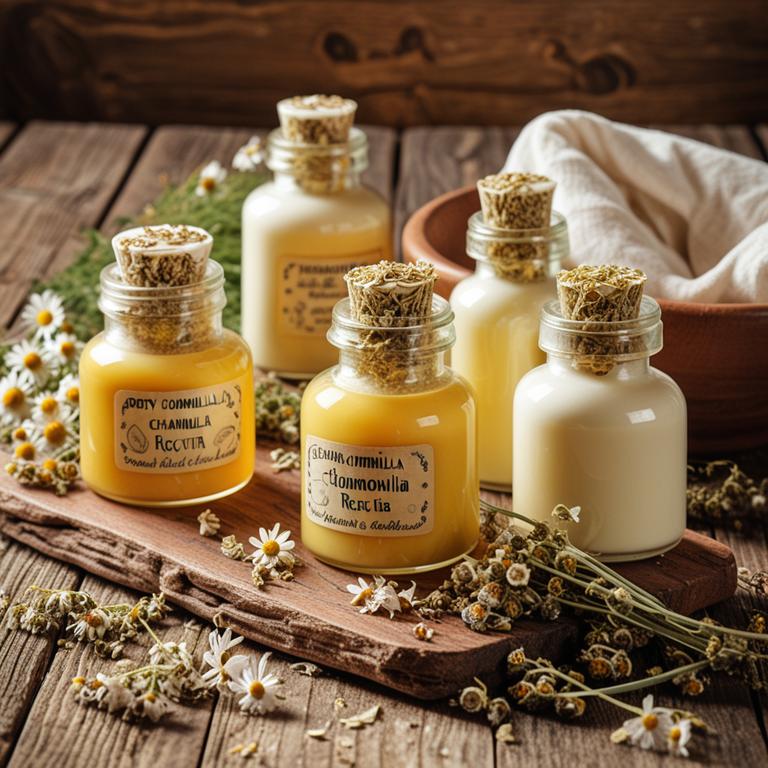
Chamomilla recutita, commonly known as German chamomile, is a popular herbal ingredient used in the formulation of natural lotions for alleviating symptoms of hay fever.
These lotions are often infused with chamomile essential oil, which contains compounds like bisabolol and chamazulene that have anti-inflammatory and antihistamine properties. When applied topically, chamomile-based lotions may help reduce skin irritation, redness, and itching associated with allergic reactions. Some individuals use these lotions as a complementary therapy alongside conventional hay fever treatments.
However, it is important to consult a healthcare professional before using herbal remedies, especially if you have known allergies or are taking other medications.
5. Salvia officinalis
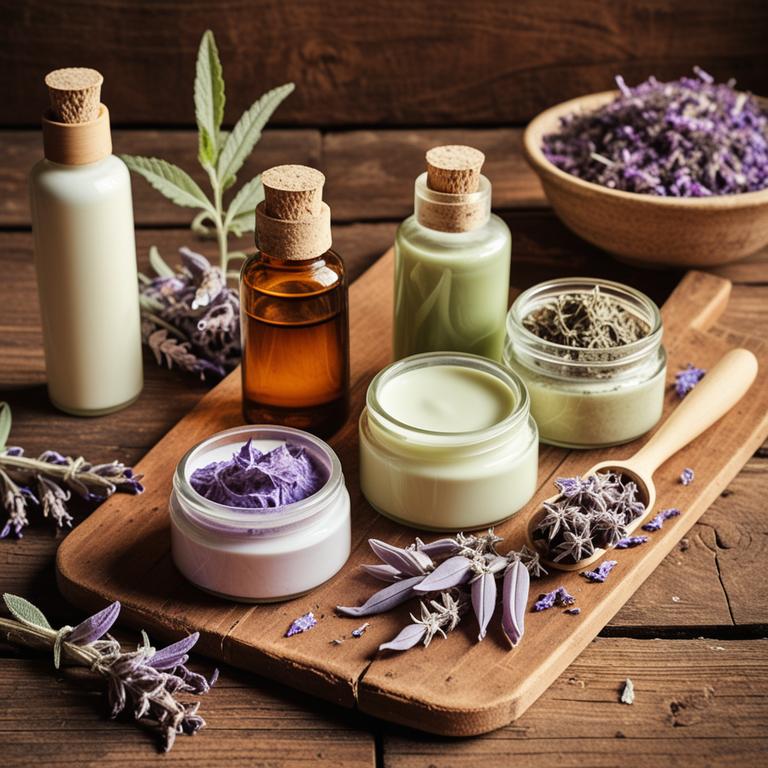
Salvia officinalis, commonly known as sage, has been traditionally used for its medicinal properties, and recent research suggests that sage-based herbal lotions may offer relief for hay fever symptoms.
These lotions often contain essential oils extracted from the leaves of the plant, which are believed to have anti-inflammatory and antihistamine effects. When applied topically, the soothing properties of sage may help reduce nasal congestion and skin irritation associated with allergic reactions. Some studies indicate that sage can support the body's natural response to allergens, potentially alleviating symptoms such as sneezing and itching.
However, it is important to consult with a healthcare professional before using sage lotions, especially if you have sensitive skin or are undergoing treatment for other conditions.
6. Hypericum perforatum
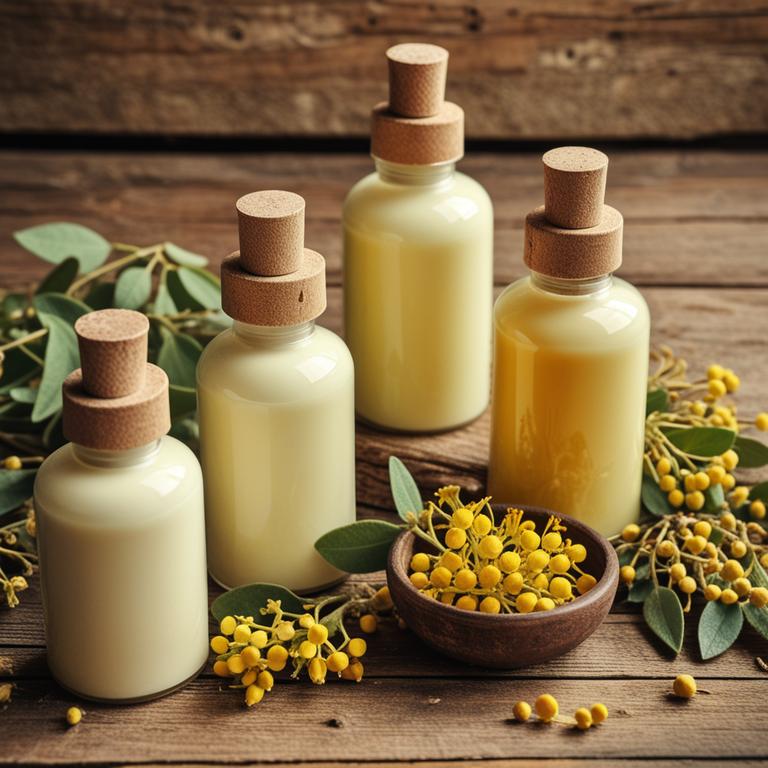
Hypericum perforatum, commonly known as St. John's Wort, is traditionally used in herbal remedies for its potential anti-inflammatory and antihistamine properties.
When formulated into a lotion, it may offer localized relief for skin irritation and redness associated with hay fever symptoms. Some studies suggest that the active compounds in Hypericum perforatum, such as hypericin and flavonoids, may help reduce allergic reactions by modulating immune responses. However, it is important to note that while it may support symptom management, it should not replace conventional treatments for hay fever.
As with any herbal remedy, it is advisable to consult a healthcare professional before use, especially if taking other medications, due to potential interactions.
7. Plantago lanceolata
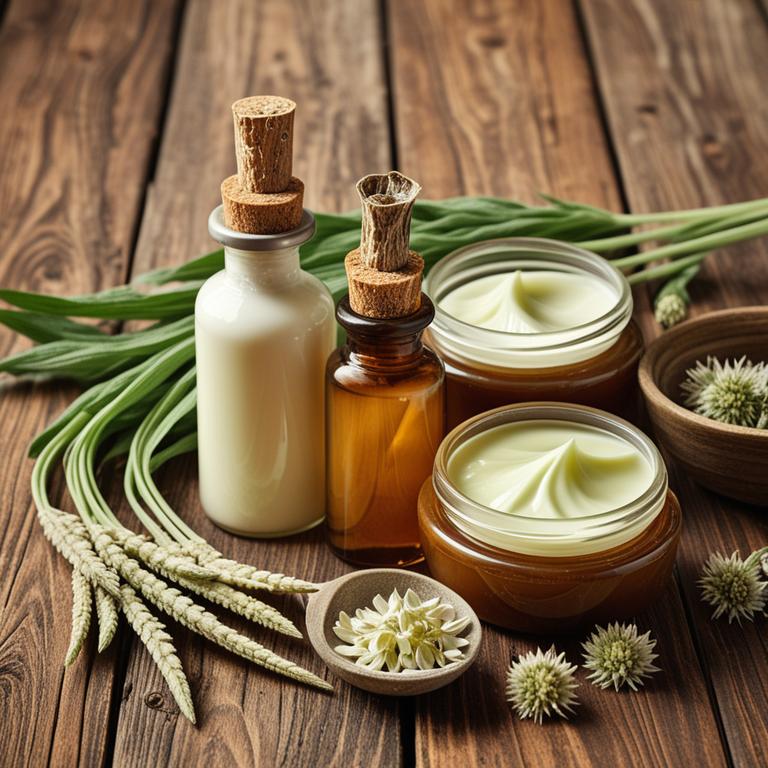
Plantago lanceolata, commonly known as plantain, is a traditional herbal remedy that has been used for centuries to alleviate symptoms of hay fever.
Herbal lotions made from Plantago lanceolata contain anti-inflammatory and soothing properties that can help reduce nasal congestion and irritation. These lotions are typically applied topically to the nasal passages or face, offering a natural alternative to conventional antihistamines. The plant’s mucilage content helps to moisturize and protect the mucous membranes, providing relief from allergic reactions.
While not a cure, Plantago lanceolata herbal lotions may support symptom management when used as part of a holistic approach to hay fever treatment.
8. Matricaria chamomilla
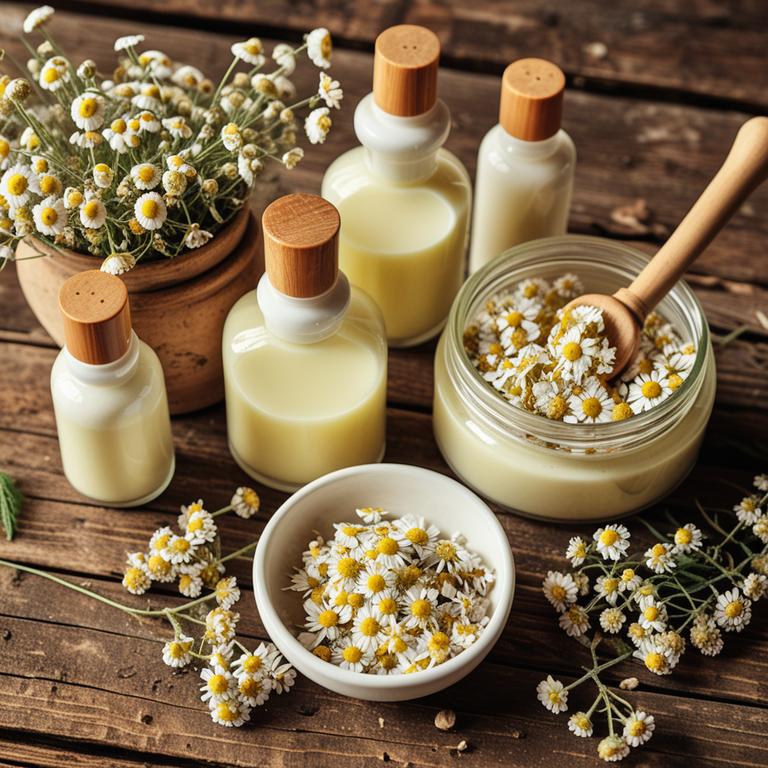
Matricaria chamomilla, commonly known as chamomile, is often used in herbal lotions for its calming and anti-inflammatory properties.
These lotions are particularly beneficial for individuals suffering from hay fever, as they may help reduce symptoms such as redness, itching, and swelling in the nasal passages and skin. Chamomile contains compounds like bisabolol and flavonoids, which have been shown to possess antihistamine and soothing effects. When applied topically, chamomile lotions can provide localized relief and support the body's natural healing processes.
While they are not a substitute for medical treatment, they can be a valuable complementary therapy for managing hay fever symptoms.
9. Thymus vulgaris
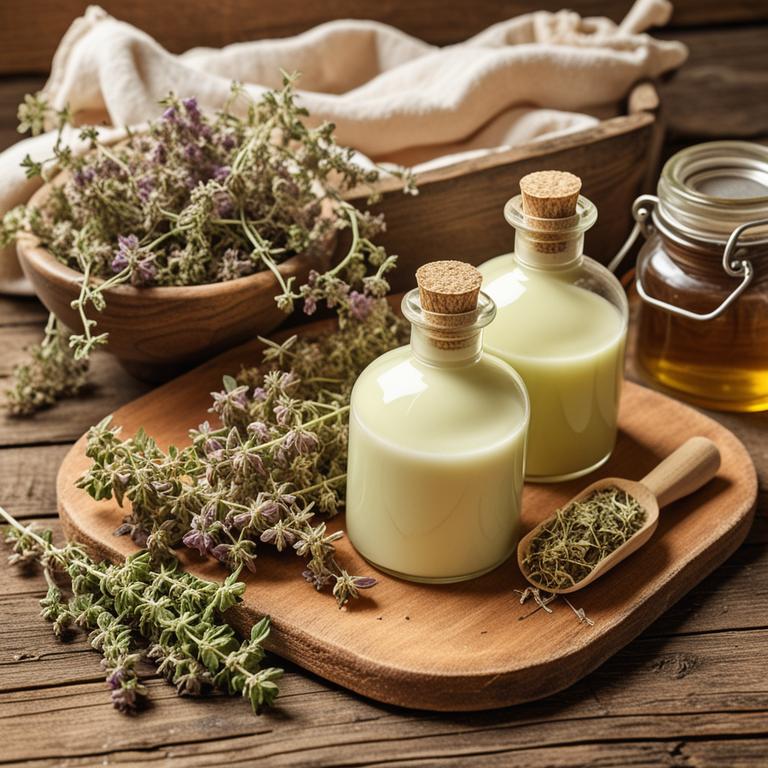
Thymus vulgaris, commonly known as thyme, is a herb that has been traditionally used for its medicinal properties, including its potential benefits for alleviating symptoms of hay fever.
Thymus vulgaris herbal lotions are formulated with essential oils and extracts from the plant, which are believed to have anti-inflammatory and antihistamine effects. These lotions are often applied topically to the skin, particularly on the neck and chest areas, to help reduce nasal congestion and sneezing associated with allergic reactions. While scientific evidence supporting their efficacy is limited, many users report relief from hay fever symptoms when using thyme-based products consistently.
As with any herbal remedy, it is advisable to consult with a healthcare professional before incorporating thymus vulgaris lotions into a treatment regimen for hay fever.
10. Artemisia vulgaris
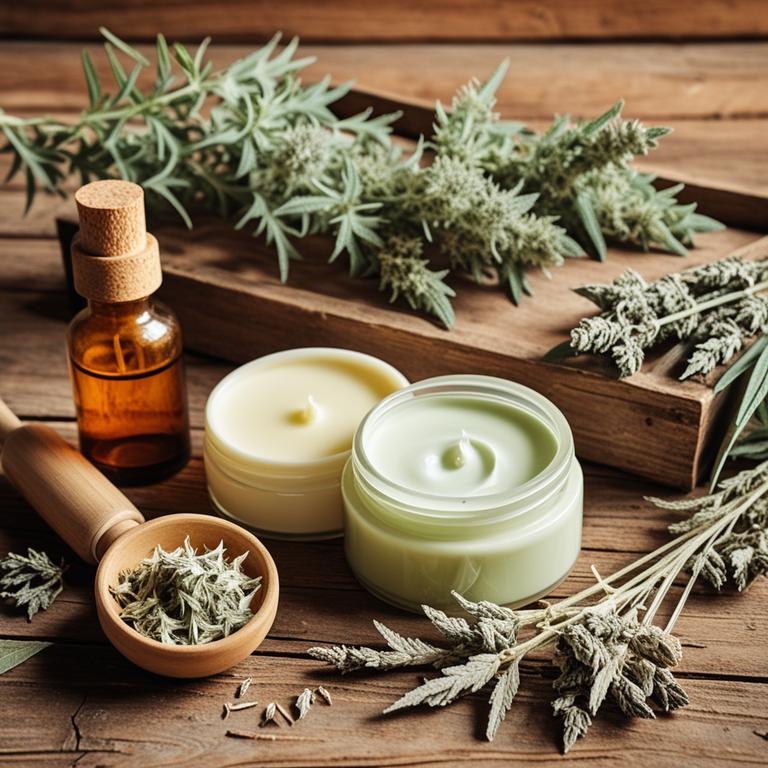
Artemisia vulgaris, commonly known as mugwort, has been traditionally used in herbal medicine for its potential to alleviate symptoms of hay fever.
Herbal lotions made from artemisia vulgaris may help reduce inflammation and support the immune system, which can be beneficial for individuals suffering from allergic rhinitis. These lotions are typically prepared by infusing the dried leaves and stems of the plant in a carrier oil or water, creating a soothing topical application. While some studies suggest that artemisia may have anti-inflammatory and antihistamine properties, it is important to consult a healthcare provider before use, as it can cause allergic reactions in some people.
Overall, artemisia vulgaris herbal lotions offer a natural alternative for managing hay fever symptoms, though their efficacy may vary among individuals.